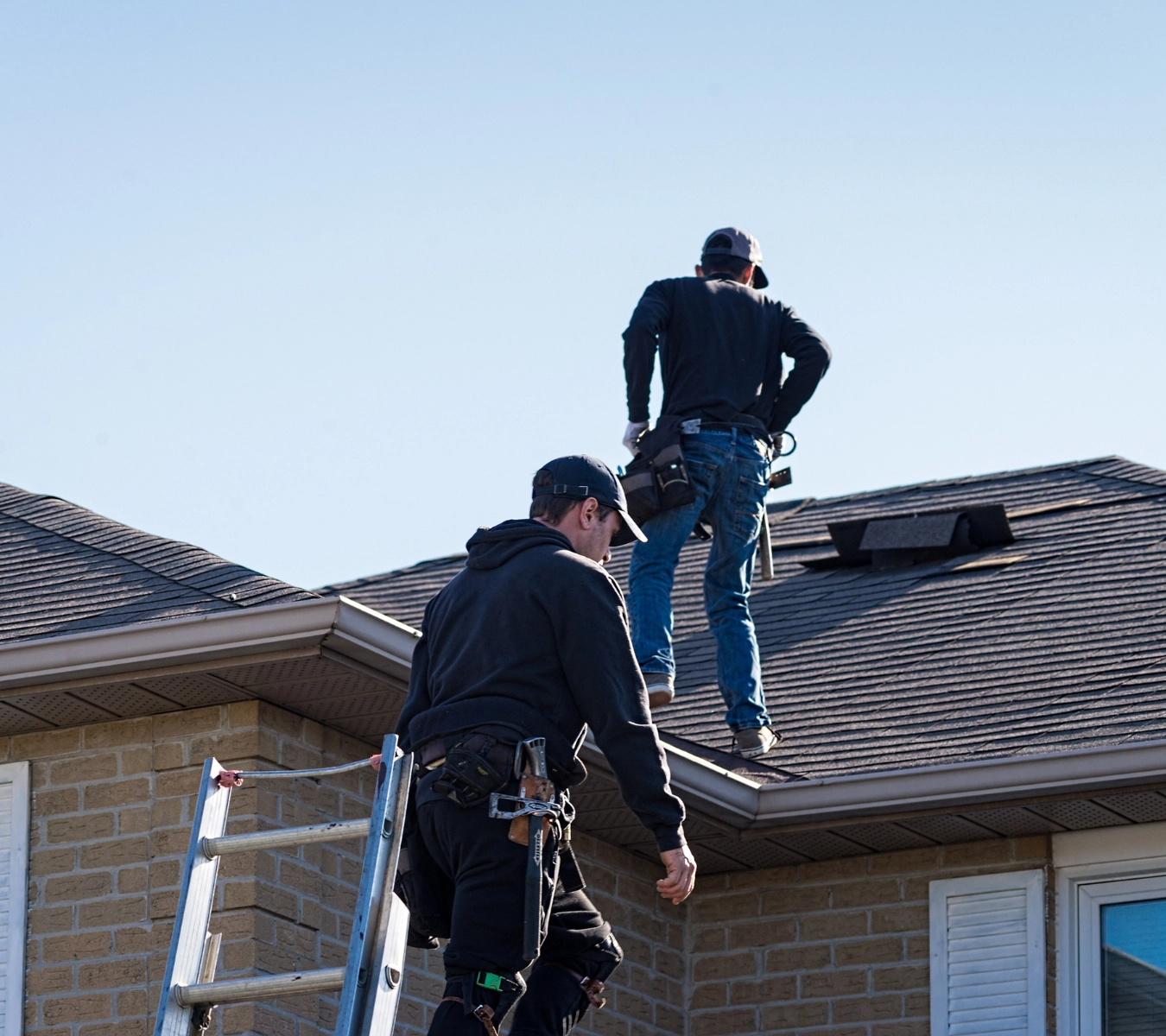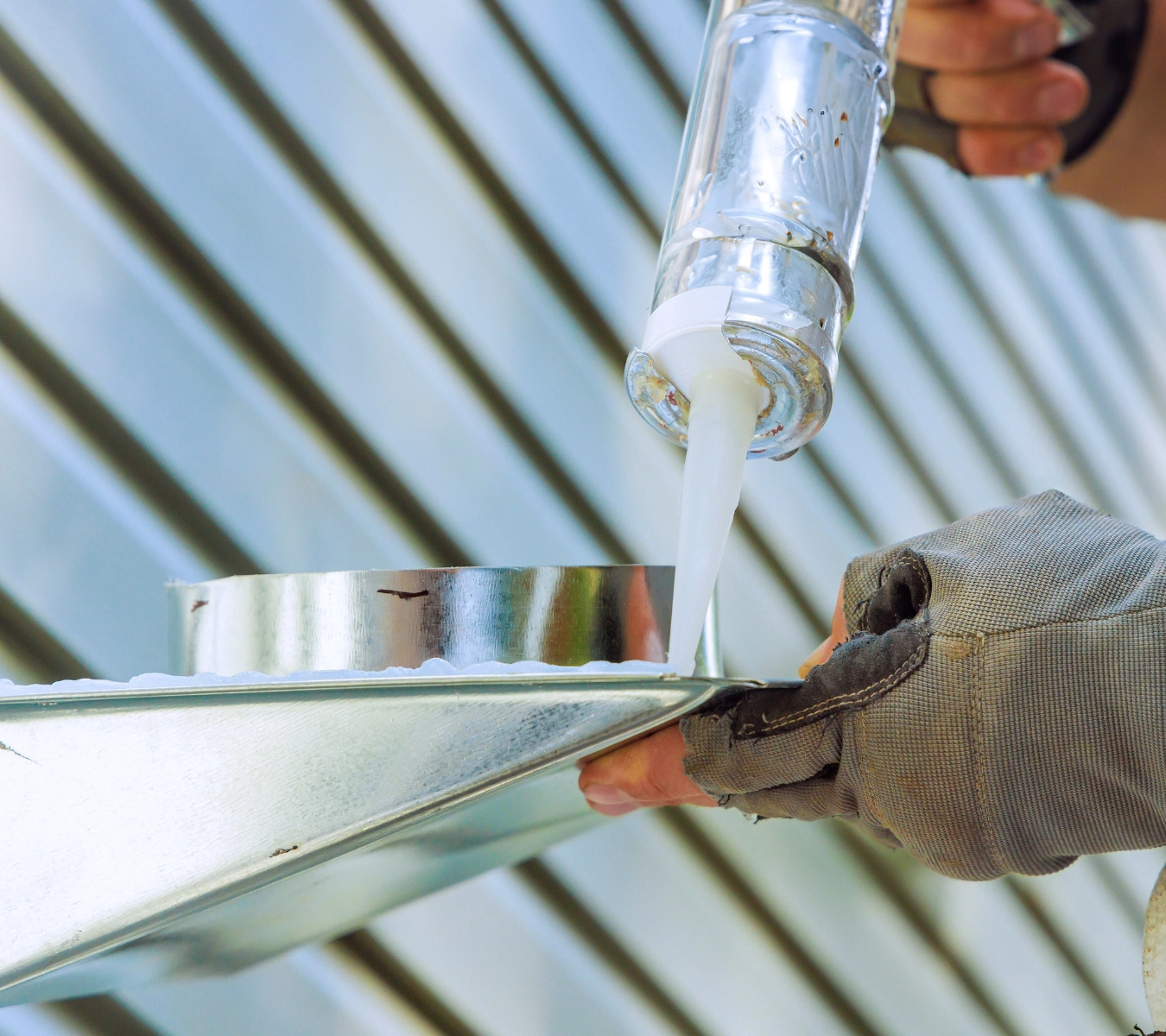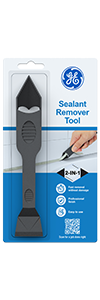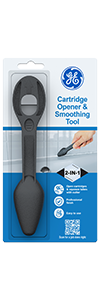Note: This DIY article is provided as a general guide only and is not intended to take the place of product-specific installation procedures; always follow applicable manufacturers’ instructions. Depending on your home’s age and condition, location within the home, and other potential factors, repairs and/or upgrades or other services may be necessary prior to the beginning and/or completion of your project that may involve the services of a home improvement professional. This article does not include advice pertaining to local building codes and/or any related inspections.
Whether you’re patching up a leaky roof or sealing flashing before the next storm rolls in, your choice of sealant matters. Here’s how to choose a roof sealant that doesn’t just fix damage—it stops it from starting.
Hidden leaks, real damage: what most homeowners miss
Most roof leaks don’t show up where they start. Water can slip in through flashing, pipe boots, or hairline cracks—and travel far from the point of entry before you see any signs.
It soaks insulation. Warps wood. Weakens the structure from the inside out.
By the time a stain appears on your ceiling, the damage is already deep and often expensive. Mold can spread. Roof decking can rot. Interior repairs can pile up fast.
That’s why catching problems early (and sealing them right the first time) matters more than most realize.
GE Metal Silicone Sealant: rain-ready in 30 minutes, permanently flexible, and built to seal roof joints, flashing, and seams against weather and time.
Where roofs fail—and how to spot trouble early
Some roof leaks don’t start with visible damage. They start in these five high-stress zones:
- Flashing around vents and chimneys
- Skylights and domes with failing perimeter seals
- Pipe boots and plumbing stacks exposed to movement and heat
- Roof seams and valley joints that collect runoff
- Old patchwork or DIY fixes where sealants have dried or cracked
These areas take the most punishment—UV rays, structural flex, ponding water, and worn-out sealants. Left untreated, they become the source of hidden leaks and costly roof repairs.

If you’re sealing a roof, don’t just fix what’s visible. Reinforce the weak points before they fail.
What separates a roof-grade silicone sealant from a tube of trouble
Not every roof sealant is built for what your roof takes on. Between summer heat, winter freezes, and constant movement, a basic caulk just won’t cut it. A real, roof-grade sealant must be four things:
- Permanently waterproof—not just water-resistant: Roofs face standing water, not just splashes.
- UV- and freeze-resistant: The sun breaks down weak products fast, and cold temps make them brittle.
- Permanently flexible: Roofs move. Your sealant should too.
- Adhere to roofing materials: Roofs consist of metal, concrete, flashing, and asphalt.
That’s why choosing the right formula matters, and why different sealants perform so differently:
- Acrylic caulks work well for indoor trim or dry, protected joints. They’re easy to apply and clean up with water, but on a roof, they tend to dry out, shrink, and crack under UV and moisture stress.
- Hybrids offer fast curing and paintability, making them a solid choice for general exterior sealing. Most, however, aren’t rated for constant joint movement or ponding water.
- Silicone sealants are made for high-stress, high-moisture environments. They flex with the structure, hold tight through freeze-thaw cycles, and stay sealed season after season.
If it cleans up with water, it’s not built for your roof.
Why GE Metal Silicone Sealant is built for this job
When the job demands a roof sealant that won’t crack, wash away, or fail in extreme conditions, pros turn to GE Metal Silicone Sealant. And don’t let the name fool you—GE Metal Silicone isn’t just for metal. It grips asphalt, concrete, and flashing too. That’s why roofers reach for it.
It’s a 100% silicone sealant engineered for weather-intensive work—built to perform where other products break down.
Here’s what makes it a standout:
- Neutral-cure, 100% silicone formulation—tough on exposure, gentle on materials
- ASTM C920, Class 35 performance rating—flexes with movement and won’t crack
- Rain-ready in just 30 minutes—no delays, no rework
- Withstands temperatures from -60°F to 400°F—ideal for year-round application
- Bonds to metal, aluminum, masonry, asphalt, and concrete—perfect for mixed-material roofs
- Shrink-proof, crack-proof, mold-resistant—even under stress
Whether you’re sealing flashing, vents, or edges exposed to UV and water, this sealant holds its grip. It stays flexible for years—no dry-out, no second pass.
How to apply roof sealant like a pro
Even the best roof sealant won’t hold if the surface is dirty, the bead’s uneven, or the joint moves before it cures. Here’s how to do it right—from prep to finish.
- Inspect Check all joints, vents, skylights, and seams for cracks or dried-out sealant. Look for lifting, splitting, or gaps around flashing.
- Clean Scrape away any old sealant using a rigid plastic tool. GE’s Sealant Remover Tool is designed to clear joints cleanly without damaging roofing materials. Wipe the area dry—no dust, no soap film.
- Prep Use masking tape for cleaner lines. Cut the nozzle at a 45° angle and pierce the seal. A combo tool like GE’s Cartridge Opener & Smoothing Tool makes this step faster and cleaner.
- Apply Run a steady, consistent bead deep into the joint. Don’t rush—coverage and contact are what seal out water.
- Tool Smooth and press the bead using a gloved finger or the smoothing edge of GE’s combo tool in #3 above. This shapes the sealant and helps it bond better.
- Cure Let it sit undisturbed for at least 24 hours. If you’re using a rain-ready product like GE Metal Silicone, check the label—but dry time is still best practice.

Pro tips:
- Use solvent-based cleaners (like mineral spirits) for uncured sealant—never water
- Don’t seal over wet, frozen, or dusty surfaces
- For joints wider than 3/8″, insert a backer rod first to control depth and sealant use
FAQ: What most folks get wrong about roof sealing
Can I use silicone sealant on asphalt shingles?
Yes—but only if it’s a neutral-cure, roof-rated silicone like GE Metal Silicone. Regular acetic-cure silicones can damage asphalt and metals.
What happens if I use acrylic caulk on my roof?
It’ll dry out, shrink, and crack fast. Most acrylics aren’t made for UV, flex, or freeze. Use a true roof sealant built to hold up under stress.
Can I apply sealant in cold weather?
Yes—if the product is freeze-rated. GE’s silicone sealants are cold-weather safe and will still bond at low temps, but surfaces must be dry and clean.


